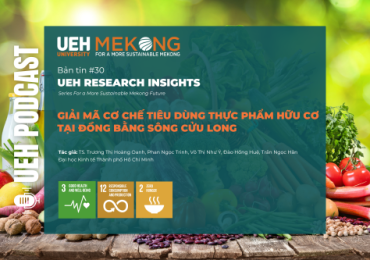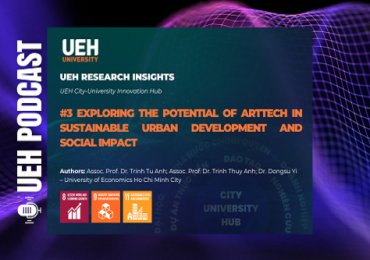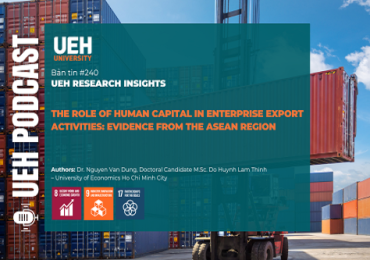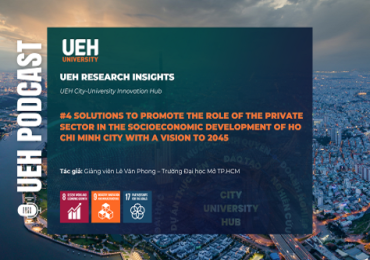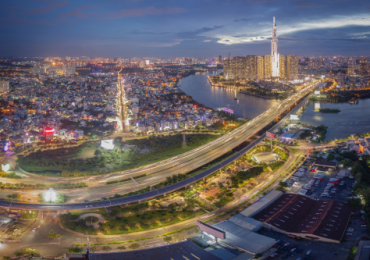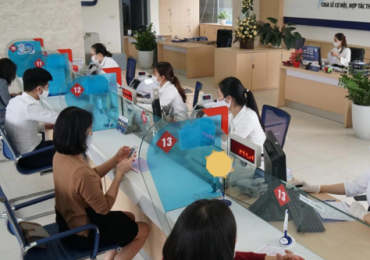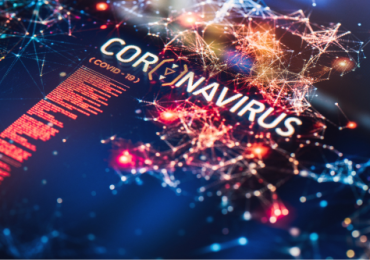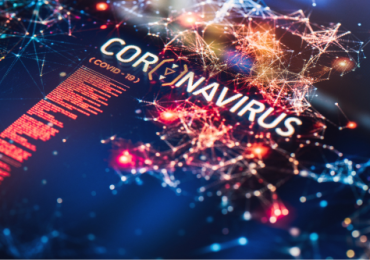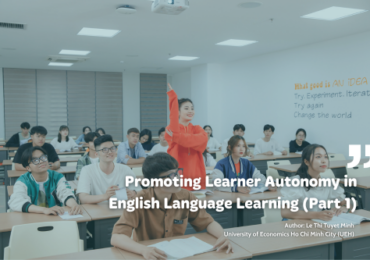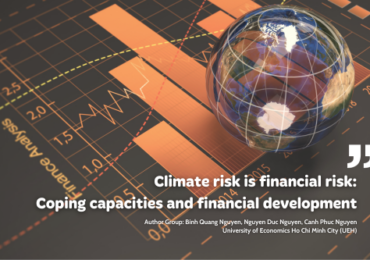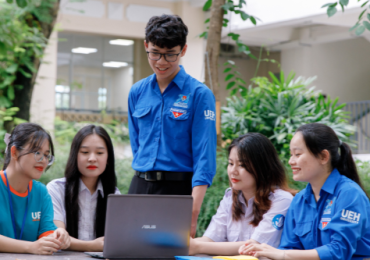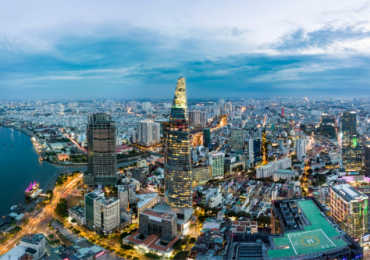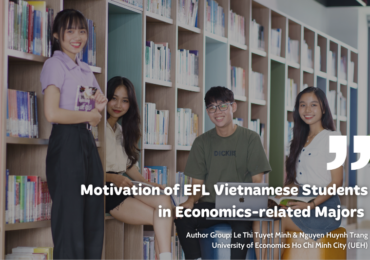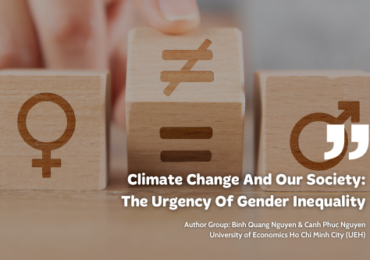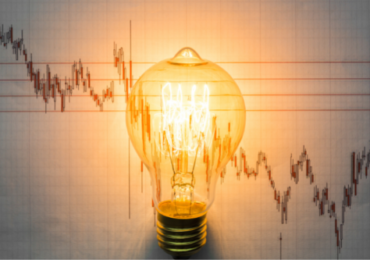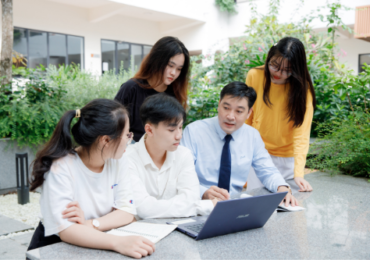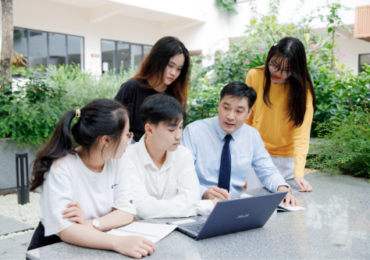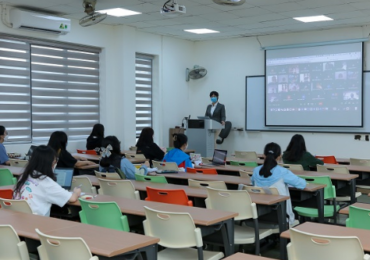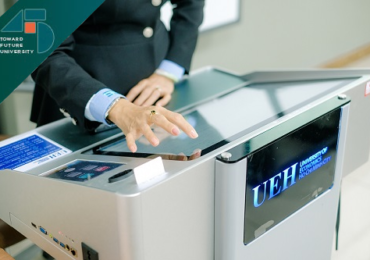[Research Contribution] Artificial Intelligence Creativity: Ethical Dilemmas and Copyright Challenges
13 May, 2025
Keywords: Art and Technology, Art and Design, Artificial Intelligence, Copyright, Sustainable Development
As part of the knowledge-sharing and academic dissemination activities within the ArtTech Fusion series hosted by the University of Economics Ho Chi Minh City (UEH), the special discussion session entitled “AI Creativity: Ethical Dilemmas and Copyright Challenges” offered new perspectives on artistic creativity in the context of artificial intelligence (AI) being applied across various domains. Speakers explored AI’s groundbreaking potential in art—ranging from generating hyper-realistic images, composing music, to creating literary works—while also addressing pressing ethical and copyright challenges. The discussion examined the impact of these issues on the ArtTech community and proposed efforts to ensure sustainability in this rapidly evolving field.

The session was chaired by Professor Andrea Giansanti from the Pantheon Institute of Technology and Design (Italy), with distinguished speakers including Mr. Le Gia Phong, Co-founder of Future Eyes; Mr. Nguyen Khoa My, President of the Vietnam Public Relations Network (VNPR); and Dr. Irina Shchemeleva from Harbour.Space University (Spain/Thailand). The panel delivered multifaceted insights into AI’s disruptive potential in the arts, alongside in-depth analyses of ethical and copyright-related challenges in the face of rapid technological advancement.
Who is the Real Author?
One of the most thought-provoking questions raised was: Who should be recognized as the author of a work created by AI? Is it the complex algorithm behind the creative process, or the individual who provided the data and guided the AI’s direction?
Under traditional copyright law, authorship is generally attributed to the person who has made a direct intellectual contribution to the creation of the work. Yet, in the AI context, the boundary between human and machine becomes increasingly blurred. Can an algorithm truly be considered a “creator”?
The matter grows more complex given that AI algorithms are typically trained on vast datasets, raising concerns over whether AI-generated works might infringe upon the copyrights of original authors. Another key question is ownership: if a company develops an AI algorithm, does it automatically hold the rights to all works produced by that algorithm, or do these rights belong to the user operating it?
The Wacom Controversy
Recently, Wacom—a global leader in manufacturing digital drawing tablets—found itself at the center of debate after using AI-generated images in a marketing campaign. Critics accused the company of “betraying” art by replacing human artists with AI. Although Wacom later removed the images, the incident sparked important discussions about the responsibility of technology companies in protecting artists’ rights and ensuring genuine creativity in the digital art sector.
Copyright Law Under Pressure
Beyond ethical disputes, the rapid development of AI poses significant challenges for traditional copyright frameworks, particularly regarding the use of publicly available data for AI training. One notable example is the lawsuit between Getty Images and Stability AI. Getty Images alleged that Stability AI unlawfully scraped millions of copyrighted images from its database to train its models, causing financial harm and undermining its control over intellectual property. Stability AI countered that it only used publicly available images and claimed its actions were lawful.
According to The Verge, the outcome of this case could set critical legal precedents, defining the limits of using publicly accessible data for technological development. The debate often revolves around the fair use principle, which evaluates the legitimacy of using copyrighted works based on four main factors: (1) purpose and character of the use, (2) nature of the original work, (3) amount and substantiality of the portion used, and (4) impact on the market value of the original. Yet, applying these principles to AI-generated content remains a significant challenge.
What Truly Counts as Creativity?
Human creativity is often associated with originality, intention, and emotional expression. By contrast, AI operates through algorithms and pre-existing data, lacking the emotional depth and philosophical meaning that human artists bring. This raises the question: if art no longer reflects the human experience, does it lose its cultural significance?
Art created by humans is not merely a reflection of the external world but also a deeply personal journey. It is shaped by moments of struggle, inspiration, and introspection—elements that give art its unique value. While AI can produce visually impressive and technically refined works, it lacks the spontaneity, exploratory spirit, and personal imprint that define human artistry. This places an important responsibility on contemporary artists: to safeguard the human essence of art while embracing modern tools like AI to expand creative possibilities without compromising authenticity.
Protection and Integration
One practical solution to the tensions between AI and human artists is the adoption of protective tools such as Glaze—a technology that subtly modifies artworks in ways invisible to the human eye but detectable by AI, thereby preventing the replication of an artist’s style.
In the future, rather than viewing AI as a threat, it can be embraced as a collaborative tool where humans and AI co-create. AI can handle technical aspects or data analysis, while humans provide meaning, emotion, and unique creativity. Such synergy could yield entirely new artistic styles that blend human intellect with technological power. However, for this partnership to thrive, artists must be educated on the ethical and creative use of AI, and art communities should encourage open dialogue and shared experiences to ensure equitable access to these technologies.
Students and Ethical Lessons in AI-Driven Creativity
The session encouraged students not only to listen but also to actively engage in discussions on the ethical and legal aspects of using AI in artistic creation. By offering diverse perspectives, the speakers emphasized that while AI can enhance the creative process, adherence to ethical standards and copyright law is crucial.
Participants came away with a deeper understanding of AI’s impact on art, recognizing that responsible use of AI is fundamental to sustaining creativity in the digital era. The discussion underscored that without humanity and respect for intellectual property, AI-generated works could negatively impact the creative industry—particularly for artists.
As part of the global ArtTech Fusion initiative organized annually by the ArtTech Hub (ATH), the School of Technology and Design (CTD), and UEH in collaboration with domestic and international partners, the 2024 edition carried the theme “New ArtTech for Future Generations”, aiming to inspire creativity and innovation toward a sustainable society. Over three days (October 22–24, 2024), the event featured more than 30 academic and practical activities, including keynote speeches, special discussion sessions, parallel research presentations, workshops, an academic book chapter, exhibitions, a heritage connection trip, and an art performance.
The 2025 edition, ArtTech Fusion 4 (ATF25), will be held from September 24 to 26, 2025, under the theme “Co-Creation for a Wondrous Future.” The event promises to be a unique opportunity to explore, experience, and innovate in the magical intersection of art and emerging technologies, with a focus on sustainability.
For updates on ATF25, please visit:
- Website: https://ath.ueh.edu.vn/
- Fanpage: https://www.facebook.com/ueh.arttechhub
Author: MSc. Nguyen Le Son Trang – Faculty of Communication Design, University of Economics Ho Chi Minh City
This article is part of UEH’s Research Contribution For All series, dedicated to disseminating research and applied knowledge to the community.
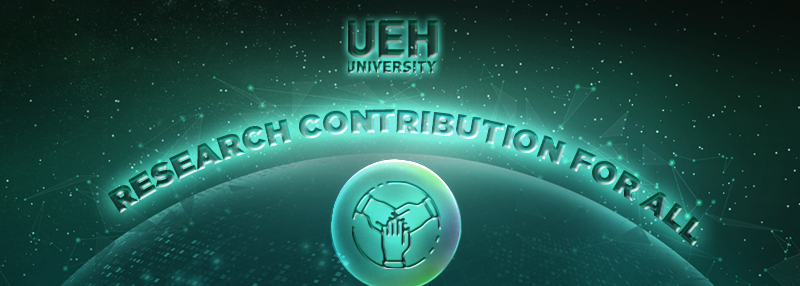
[Podcast] Recommendations for University education development
14 February, 2025
[Podcast] Developing Vung Tau into a World-Class Tourism City
16 January, 2025
[Podcast] Postdigital Design Strategies for Media Art
6 January, 2025
[Podcast] NFTs – Artistic Innovation or Just a New Hype?
27 December, 2024
[Podcast] Boosting Employee Creativity with Constructive Feedback
23 November, 2024
[Podcast] “Dutch Disease” in Remittances and the Case of Vietnam
4 November, 2024
[Podcast] Latest approaches for sustainable universities
11 July, 2024
Data Law – Part 1: Necessity for a New Approach
18 May, 2024
Advertising Evaluation on Tiktok Platform
14 May, 2024
[Podcast] Advertising Evaluation on Tiktok Platform
13 May, 2024
Promoting Learner Autonomy in English Language Learning (Part 1)
24 November, 2023
ArtTech And Sustainable Development
27 October, 2023
Motivation of EFL Vietnamese Students in Economics-related Majors
12 October, 2023
Climate Change And Our Society: The Urgency Of Gender Inequality
12 October, 2023
People Analytics in Vietnam
10 March, 2022
Revolution in Experimental Economics
30 January, 2022
The Sharing Economy: Governance Issues in Vietnam
24 January, 2022
Employment Policy For Ho Chi Minh City in Post-social distancing Period
28 December, 2021
Lifelong learning at UEH: Towards a Sustainable University
28 December, 2021
Building a Decentralized Stock Market based on Blockchain Technology
24 December, 2021
Consumer price index from big data mining perspective (Big data)
17 November, 2021
Overview Of Digital Currency – Part 5: DIEM Private Stabilized Currency
11 November, 2021






